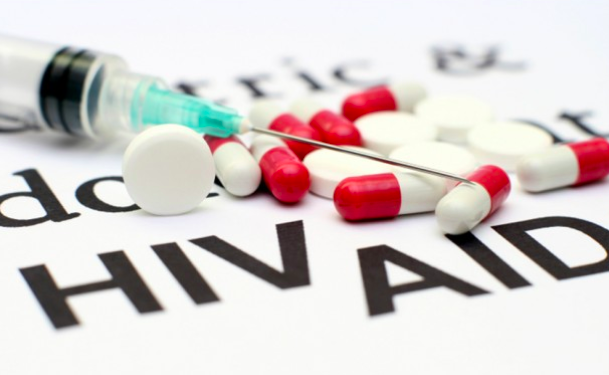Central Visayas records 190 new HIV cases from Jan – Mar 2021

INQUIRER.net file photo
CAGAYAN DE ORO CITY, Philippines – Central Visayas (Region 7) recorded 190 new cases of the Human Immunodeficiency Virus (HIV) during the first quarter of 2021, recent data from the regional health office showed.
HIV attacks the person’s immune system and when left untreated, it may progress to acquired immunodeficiency syndrome (AIDS).
One hundred of the 190 new cases of HIV which the Department of Health here (DOH-7) logged during the first three months of this year were reported in March.
March’s breakdown showed that Cebu island had the most number of newly confirmed HIV cases with 79. It was followed by Negros Oriental with 19, Bohol with two, and none for Siquijor.
Furthermore, DOH-7’s data revealed that the additional cases of HIV/AIDS in Central Visayas involved the younger population, particularly those belonging to the age groups of 25 years old and 34 years old, and 15 years old to 24 years old.
Males having sex with males only is the most common mode of transmission, DOH-7 said, with 103 cases. Males having intercourse with both males and females came second (41), male to female intercourse at third (26), and injections at fourth (17).
The department also recorded a lone case of HIV transmission from mother to infant during the same period.
2020 Data
Available data from the HIV/AIDs and ART Registry of the Philippines (HARP) of the DOH’s central office showed that Central Visayas has been experiencing a downtrend in new HIV cases since 2019, a finding that made stakeholders worry.
From 1,000 in 2019, it was down to 552 in 2020, translating to an approximately 55 percent drop.
The same surveillance reports from DOH-HARP revealed that from 12,778 in 2019, health authorities were only able to confirm 8,058 new cases in the entire Philippines in 2020, in which 846 resulted in deaths.
Central Visayas accounts for seven percent of the total number of new HIV infections in the previous year.
Experts both coming from the public and private sectors agreed the decrease in new HIV cases should not be entirely considered as a positive development.
Jan Shaltiel Vincent Estrada, head of volunteers for LoveYourself-Cebu, a non-profit group that aims to educate the public about sexual health, said the drop in new HIV cases meant that they needed to ramp up initiatives to convince more people to check their sexual health.
“Indeed, there was a dip. Ninaog ang kaso sa HIV but we should consider that we were not able to test as many people as before… The numbers are not a true reflection of what really is going in terms of the picture of HIV in the Philippines. It is expected (the decrease) given the restrictions,” Estrada told CDN Digital in a virtual interview.
For DOH-7’s part, they said they have “hired HIV case managers and Community Health Outreach workers (CHOWs) to increase awareness and testing uptake at grassroots level.”
This is on top of their existing programs aimed at informing and educating the public on how to prevent the spread of HIV.
DOH-7 has tallied a total of 7,328 HIV/AIDS cases in Central Visayas since 1984. / dcb
RELATED STORIES
Cebu City allots P5M for HIV treatment
2 die of HIV-AIDS in Santiago City treatment hub
Disclaimer: The comments uploaded on this site do not necessarily represent or reflect the views of management and owner of Cebudailynews. We reserve the right to exclude comments that we deem to be inconsistent with our editorial standards.
